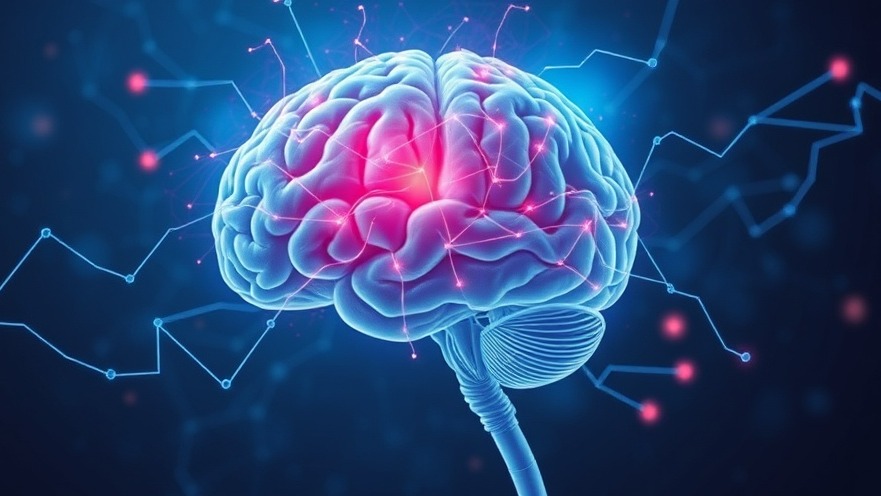
Unlocking Communication for Those with Aphasia through Advanced Technology
Aphasia is more than just a challenge with words; it affects nearly a million individuals in the U.S., hindering their ability to express thoughts and comprehend language. Recent advancements from researchers at The University of Texas at Austin, however, offer hope to those navigating this difficult condition. The new AI-based brain decoder technology shows promise in facilitating communication without requiring users to understand spoken words.
How the Brain Decoder Works: A Revolutionary Approach
The essence of this fascinating tool lies in its ability to interpret brain activity, translating thoughts into continuous text. Unlike earlier versions requiring extensive training on audio stories—often taking about 16 hours in an fMRI machine—this new system significantly reduces the time to merely an hour. This simplification not only enhances accessibility for patients but also signifies a considerable step forward in neurotechnology.
Meet the Innovators: Pushing the Boundaries of Neurotechnology
Leading the charge in this innovative research are Jerry Tang and Alex Huth, who recognize the unique functionalities of this new decoder. As Tang puts it, "Being able to access semantic representations using both language and vision opens new doors for neurotechnology." This dual-access capability could prove transformative for patients struggling to produce or comprehend language.
A Peek into the Technology: The Role of Machine Learning
Central to this advancement is a machine learning model similar to transformer models used in systems like ChatGPT. This model can effectively translate a person’s brain activity into coherent text, regardless of whether the individual is engaged in listening to a story, contemplating one, or watching a silent narrative. This progress shows potential not only for improving communication but also for broadening the horizons of brain-computer interfaces.
Real-World Implications: Bridging the Gap in Patient Care
As concierge health practitioners, staying updated on technological advancements like this brain decoder equips you to enhance the quality of care for your aphasia patients. By understanding how this technology can potentially reduce language comprehension barriers, you are better positioned to advocate for its integration into patient treatment plans. The shift towards less time-consuming training protocols could mean more patients could benefit from this innovative approach sooner rather than later.
Future Possibilities: Navigating Toward Enhanced Communication Solutions
The implications of this research extend into the future. As technology continues to improve, there is potential for even more sophisticated interfaces that could not only decode thoughts into text but also allow for real-time communication enhancements. This could pave the way for further advancements that streamline the interaction between technology and cognitive function, unlocking doors to opportunities previously thought impossible for those with communication disorders.
Conclusion: Embracing New frontiers
The work being done at The University of Texas at Austin represents a significant leap toward making advanced communication aids accessible for individuals with aphasia. As healthcare professionals, understanding and embracing these technological innovations can lead to better patient outcomes and foster a broader understanding of the valuable intersections of technology and healthcare.
 Add Row
Add Row  Add
Add 






Write A Comment